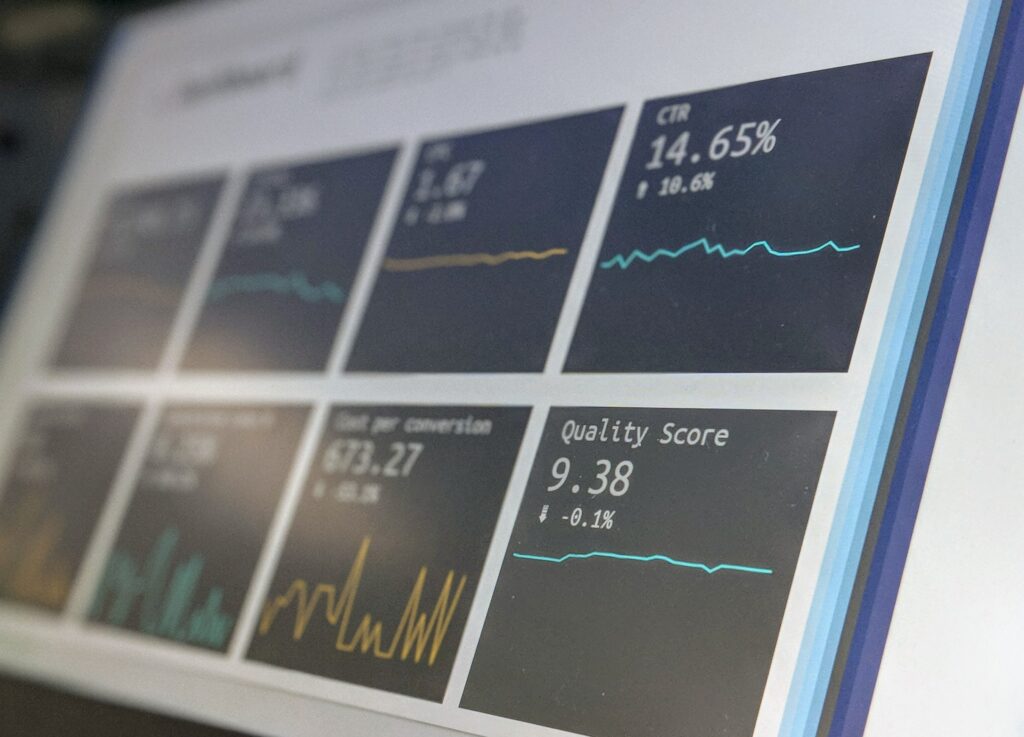The definitive version of the 12 sustainability reporting standards that shape CSRD is now official. With the end of the review period by the co-legislators, this first series of 12 sector-specific ESRS providing for proportionate but comprehensive reporting on environmental, social and governance issues has now been integrated into the European legal framework. This article explains these standards in just a few minutes.
Facilitate mass adoption by businesses in 2023 onwards
Results of the public consultations
Analyzing the various consultations carried out up to the official release has allowed EFRAG to identify points of concern expressed by various stakeholders, in particular
- Alignment with the ISSB standards
- The inclusion of the value chain (upstream and downstream) in the scope of reporting
- The volume of data to be provided
- Consideration of human rights, in line with the OECD principles and other reference frameworks supported by the European taxonomy (in particular the United Nations Guiding Principles)
Consideration of comments in the review of the 12 standards
In response, EFRAG has undeniably been open to listening and learning. Indeed, contrary to the previous working versions of the different standards, the versions proposed to the European Commission for consultation with EFRAG’s public authorities members and analysis of various European legislators include the following changes:
- Massive reduction (about 50%) of the number of requirements and data. Some requirements have been deferred to future sectoral standards or dropped because they were either relevant only to certain sectors or too granular, by country or activity
- Removal of the “rebuttable presumption” principle, i.e. the obligation for companies to have to “justify or explain the omission of certain information”. On the one hand, there will be a list of mandatory indicators in the standards, necessary for compliance with various regulations that apply to financial institutions (e.g. SFRD). But beyond that, the company will have to conduct a double materiality analysis and select the relevant information to share or not. The elimination of the “rebuttable presumption” principle will no longer impose an obligation to explain
- Alignment with ISSB and TCFD. EFRAG has modified the structure of the standards to align with the ISSB and TCFD frameworks, in order to have comparable systems. Specifically, the information will be divided into four similar pillars for ease of reading: Governance; Strategy; Impact, Risk and Opportunity Management; and Data and Objectives.
An international reference that learns from past mistakes in ESG reporting
3 major improvement for ESG reporting
ESRS standards are definitely interesting in the sense that they draw lessons and allow us to further develop the relevance of ESG reporting at three levels
- Integration of SMEs in ESG reporting. One of the main weaknesses that the CSRD will seek to address is to significantly broaden, beyond large groups, the integration of companies into a unified ESG reporting system. By simplifying the amount of data, these standards take an essential operational step towards achieving this objective.
- Relevance of ESG reporting. The implementation of the NFRD in 2014 had been the subject of endless debate among proponents of mandatory reporting – at the risk of drowning relevant information in a useless mass at some companies. This was, for example, rather the approach chosen in France at the time with an imposed set of 42 indicators. And the advocates of a laissez-faire approach to corporate responsibility – at the risk of missing out on essential subjects. This was the approach chosen in Denmark in 2014, relying on multi-stakeholder dialogue to identify sectoral material topics. Neither approach has proven credible in ensuring ESG reporting that is fully satisfactory in its relevance and conciseness. EFRAG proposes a hybrid scheme that mixes certain mandatory indicators with some freedom of interpretation by drawing lessons from overly dogmatic approaches.
- Comparability of ESG data. EFRAG is obviously under pressure to put in place a framework adopted by European companies, anxious to work with reporting systems that are comparable with what will be adopted in Europe and outside Europe. The proposed step towards the TCFD and the ISSB allows us to allay fears and move ESG reporting beyond theoretical debates on the role of ESG in society or in the service of the investor’s decision.
Also, in the context of COP 27 (climate) and COP 15 (biodiversity), the ESRS E1 standard provides a framework for companies to develop a robust system for climate transition plans aligned with the Paris Agreement and the GHG Protocol, even more precisely than the CSRD on the subject. The ESRS E4 also offers, for the first time, a biodiversity standard, based on materiality and aligned with the work of the TNFD. Finally, the ESRS S1-4 standards provide de facto reporting that covers a range of topics expected under different legislations on duty of care (France, Germany, Norway in particular).
To go further: Access the 12 ESRS Standards Shaping CSRD
It contains twelve standards covering successively.
| Group | Number | Subject |
| Cross-cutting | ESRS 1 | General Requirements |
| Cross-cutting | ESRS 2 | General Disclosures |
| Environment | ESRS E1 | Climate |
| Environment | ESRS E2 | Pollution |
| Environment | ESRS E3 | Water and marine resources |
| Environment | ESRS E4 | Biodiversity and ecosystems |
| Environment | ESRS E5 | Resource use and circular economy |
| Social | ESRS S1 | Own workforce |
| Social | ESRS S2 | Workers in the value chain |
| Social | ESRS S3 | Affected communities |
| Social | ESRS S4 | Consumers and end users |
| Governance | ESRS G1 | Business conduct |
Here are official sources to retrieve latest standards and educational content to engage across organizations:
- Latest Standards can be accessed here
- Official education content including short videos can be accessed here
This step framing CSRD with ESRS standards is part of a much broader ambition laid out by the European Union here.
What are the next steps?
Eligible companies must get ready now to ensure their 2024 activities are compliant in 2025 onwards. In response, Ksapa is already working with clients to define double materiality framing priorities, clarify ESG and resources required to comply with CSRD across the EU and beyond.
Ksapa has developed an expertise of several decades in the calibration and reporting of financial and non-financial information. Our team mobilizes concrete methodologies of evaluation and critical analysis to help the various economic actors to align themselves with the requirements of the current reporting systems. We are working to align the EU taxonomy, the SFRD and the NFRD/CSRD with detailed knowledge of other regulatory requirements – SEC in the United States, for example – in order to help your teams better mobilize liquidity. It is on these issues that we will be able to guide the efforts for companies to adapt to the environmental, social and ethical challenges of the coming years.
Author of several books and resources on business, sustainability and responsibility. Working with top decision makers pursuing transformational changes for their organizations, leaders and industries. Working with executives improving resilience and competitiveness of their company and products given their climate and human right business agendas. Connect with Farid Baddache on Twitter at @Fbaddache.




